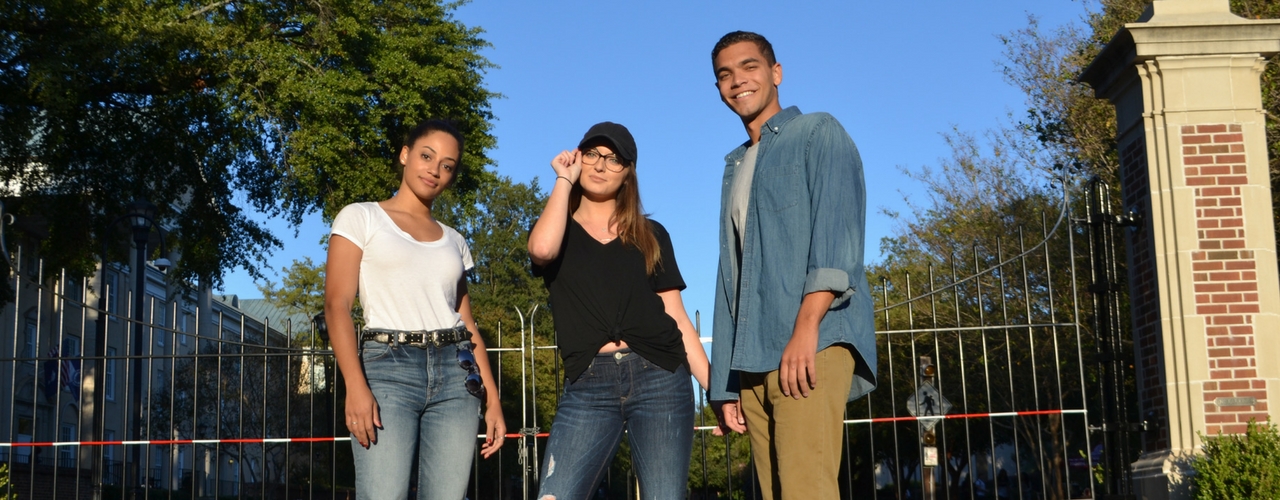Top College Marketing Trends of 2017 + Predictions for 2018
For student marketing and college marketing, 2017 was a year of corrections. For the past decade, companies and organizations have been steadily moving marketing dollars towards strategies focused on highly structured, trackable, and analytical channels—and their approach to student and college marketing followed suit. In a macro sense, this trend was a breath of fresh air—with a lot of brands waving goodbye to the sometimes expensive set-it, forget-it, and pray-for-impressions mediums like out-of-home display, television ads, college sports sponsorships, and tracker-less digital display.
An unintended consequence was that long-term brand building took the back seat to immediate returns, especially with publicly traded companies dealing with the pressure of Wall Street. In 2017, we saw a reversion to a more balanced, thoughtful, and long-term approach.
What did this more balanced approach to college and student marketing actually entail? Here were the four main trends in 2017:
1. Investment in the Long-Term
Brands were once again investing time, resources, and budget in the development of experiential and event marketing assets—including mobile tours and pop-up experiences that were active throughout the year and were built to adapt to different needs for years to come. Brands like Aerie took their flagship retail stores on the road, representing different seasons by re-branding their mobile pop-up experience.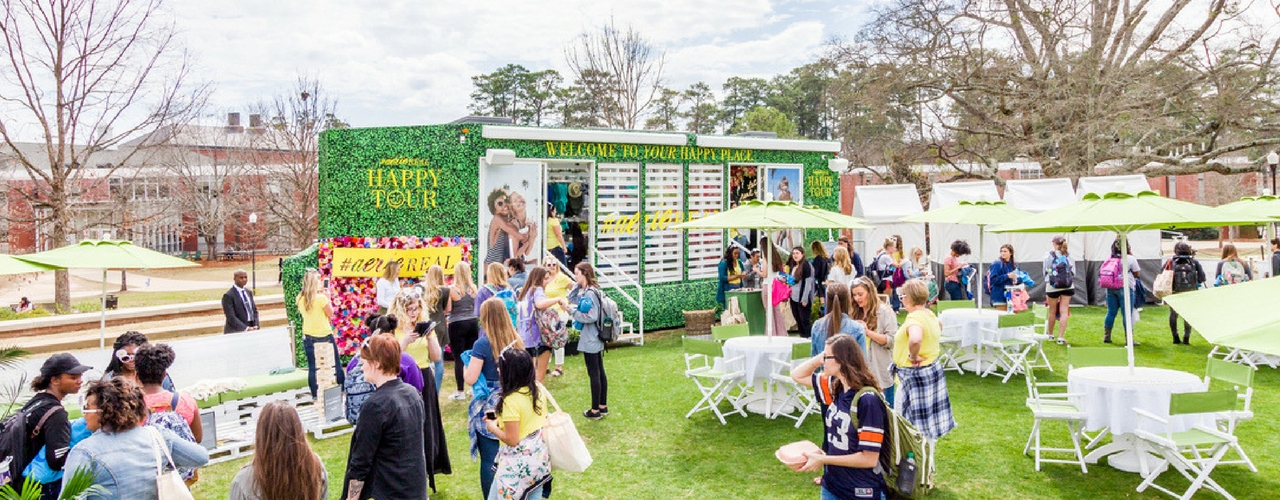
2. Social Influencers with Care
After over-investing budget and becoming stretched too thin, brands decided to take a more thoughtful approach to social influencer campaigns in 2017—moving away from massive follower counts and focusing on high engagement with micro-influencer communities. Social influencers with smaller, more involved followers proved to be a winning hand.
3. Grassroots Brand-Building
Companies realized the role their customers have in defining their brands, which resulted in a re-focus on brand-building efforts on grassroots channels—often powered through campus and student, local, and regional brand ambassadors. Ambassadors across the country moved the needle for a lot of big brands by engaging existing brand advocates and collaboratively delivering experiences, meaningful customer conversations, and relevant calls-to-action to their peers (the brand’s customers).
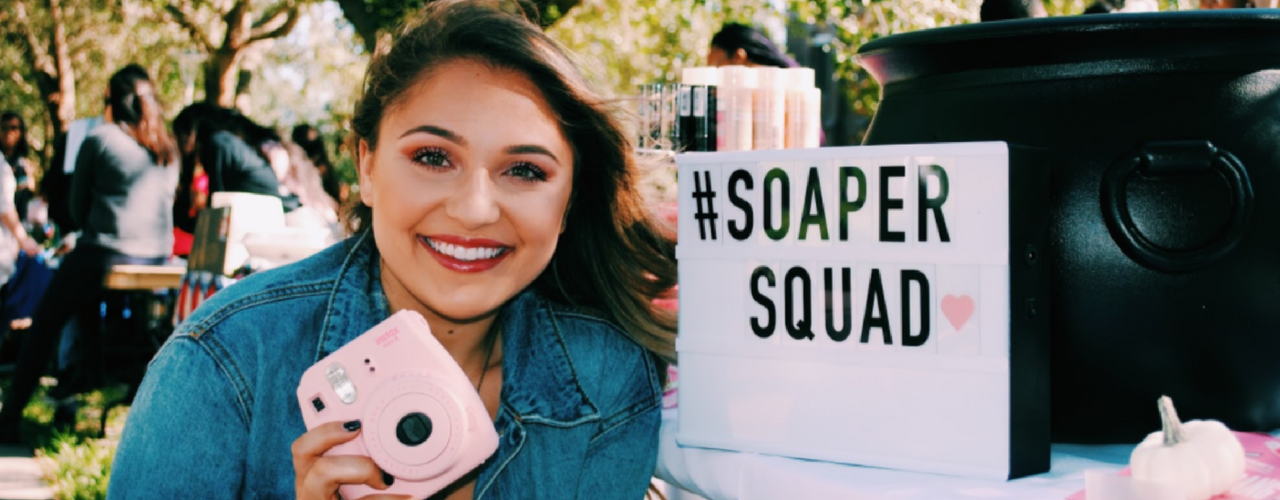
4. Sampling with Purpose
Sampling has long been an integral part of any consumer packaged goods (CPG) brand’s college marketing or student marketing strategy—whether they’re reintroducing a favorite product or launching a brand new line, getting samples into the hands of consumers is an important step to building a customer base. In 2017, brands stepped up their game by sampling with the purpose of creating a meaningful interaction—and being sure that every sample was distributed with a purpose and a message.
Based on the key trends of 2017, we have some predictions about the kinds of college and student marketing we’ll see from brands in 2018—some of which brands are already implementing. Keep a close eye on the following trends and predictions as the year progresses:
Personalization in Everything
Personalization is the biggest trend we’re seeing in student marketing and college marketing heading into 2018. Brands and organizations are personalizing everything including products, experiences, content, messaging, and interactions to create a better user experience. Brands like Levi’s have already incorporated personalization into some of their retail store locations!
This even trickles down to employment marketing and recruiting. Brands like Spotify are working at the individual campus level, through peer-to-peer channels personalized to each school’s culture and environment, to identify and court highly sought after tech talent with a hands-on and fun approach. Most importantly, they’re letting their strong consumer brand play inform their employer brand messaging.
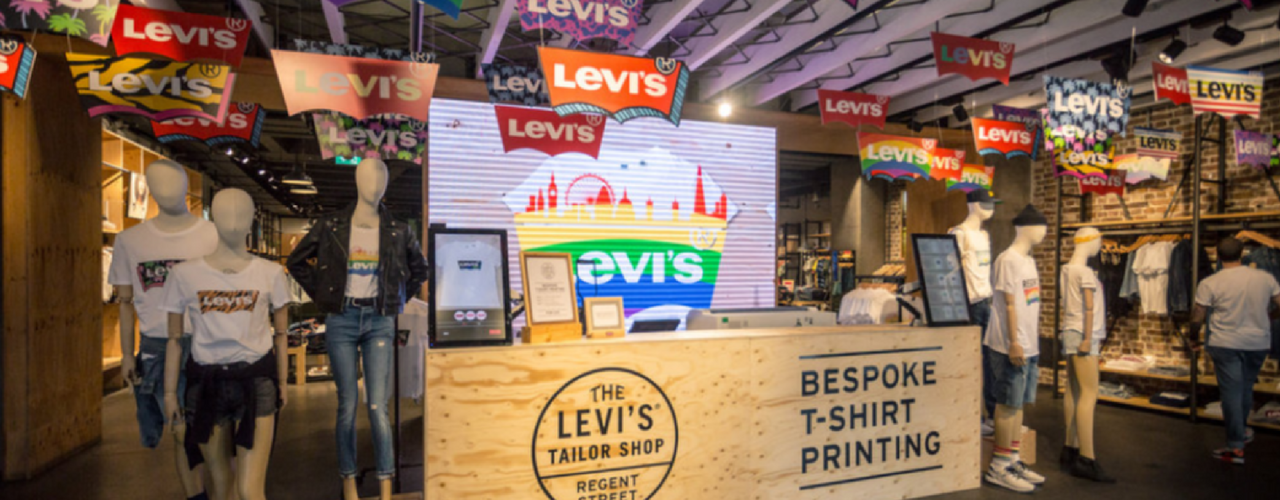
Investment in Live Events
The next logical step to take after investing in long-term experiential assets is to increase investment in live events, which represent another incredible way to build meaningful interactions with end consumers. In the world of college marketing and student marketing, brands like Victoria’s Secret PINK are investing in the development of their own live events like campus concerts and Spring Break parties.
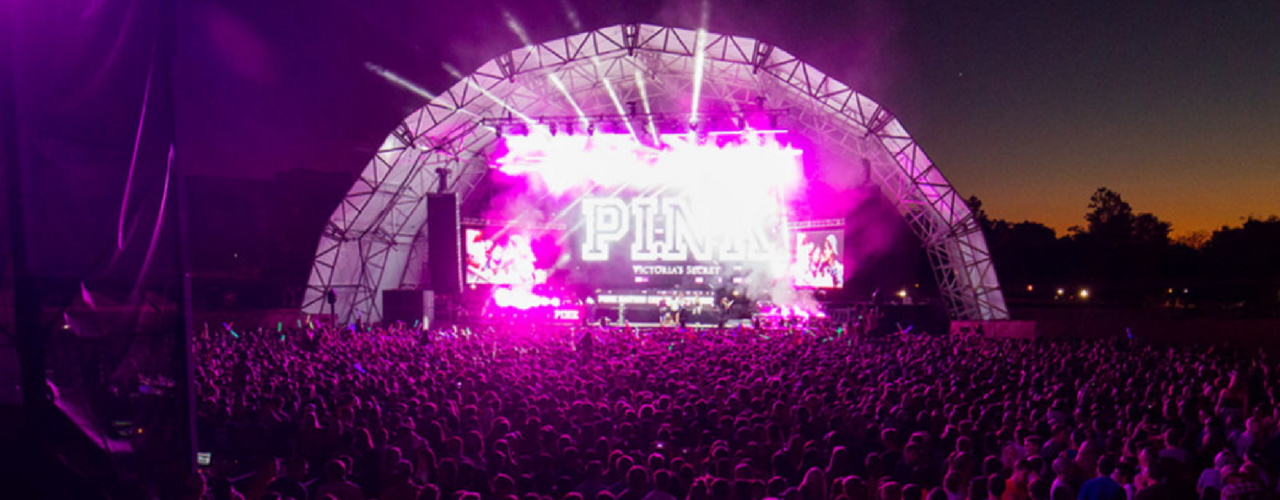
Less Ads, More User-Generated Content
If there’s one thing we know about Millennials, which is even more obvious with Gen-Z, it’s that they hate ads. Even the most relevant, clever, and cool brands are struggling to resonate through traditional channels. That’s why the smartest brands and organizations are empowering their brand ambassadors, social influencers, and customers to create compelling content for them. The value of that content? Just imagine getting 100 amazing pieces of photo and video content for Instagram simply by asking permission. Think about how much you just saved by skipping a few photoshoots!
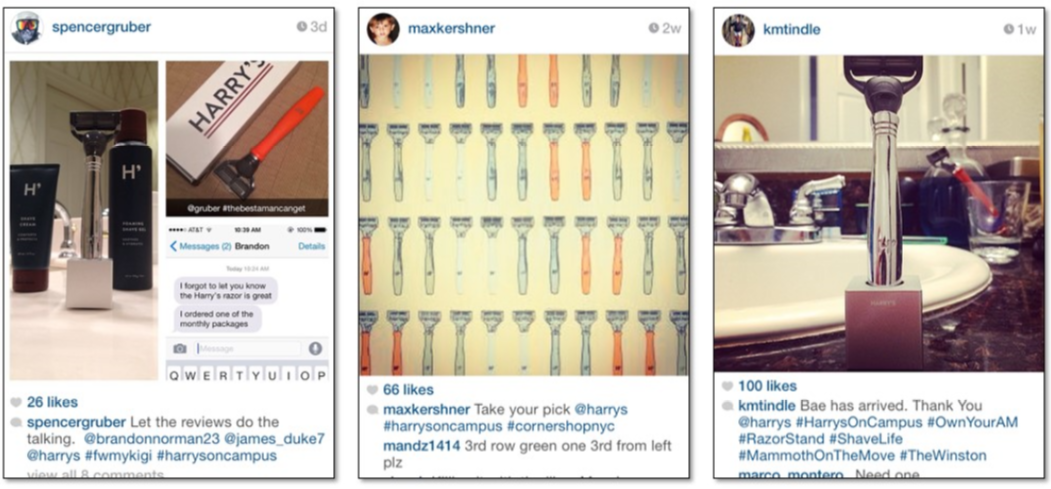
You know you want your brand on campus but aren’t sure how to get started—what next? Finding the right partner is key to your success. Here at YMC, we’ve been helping brands connect with 15- to 29-year-old consumers for two decades—we’d be happy to share our wealth of knowledge with you. Contact us today!



